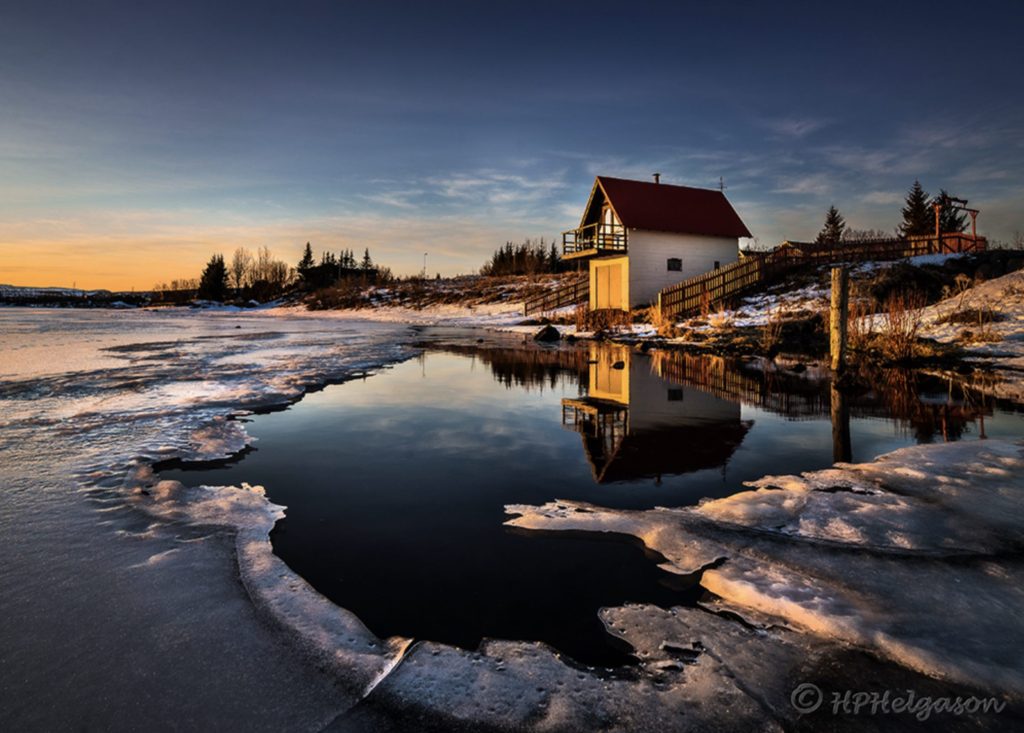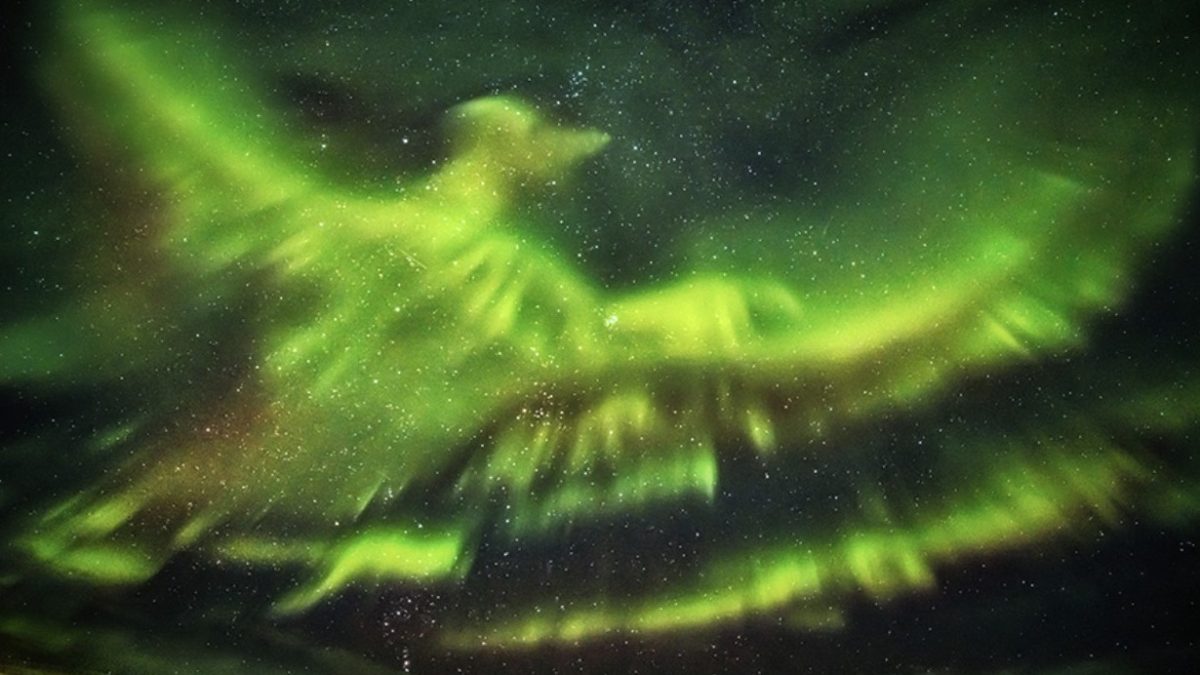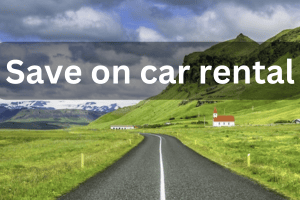Free and exclusive discount codes for hundreds of tours and & travel services in Iceland
Subscribe to instantly receive discount codes for tours, car rental, camper van rental, and outdoor clothing rental. Thank you! ❤️ Jon Heidar, Editor of Stuck in Iceland Travel MagazinePhotographer Hallgrímur P. Helgason is what I call an aurora whisperer. His photographs of the northern lights are just spectacular, and often it feels like he has somehow bent the solar particles that interact with the Earth’s magnetic field to his will just so that he can capture out-of-this-world versions of the northern lights. After all, his images of the aurora include photos that show the northern light as a hand coming down from heaven or a massive bird spreading its wing across the night sky. Hallgrímur was gracious enough to take time for an interview and give 13 tips for those who want to photograph the northern lights in Iceland.
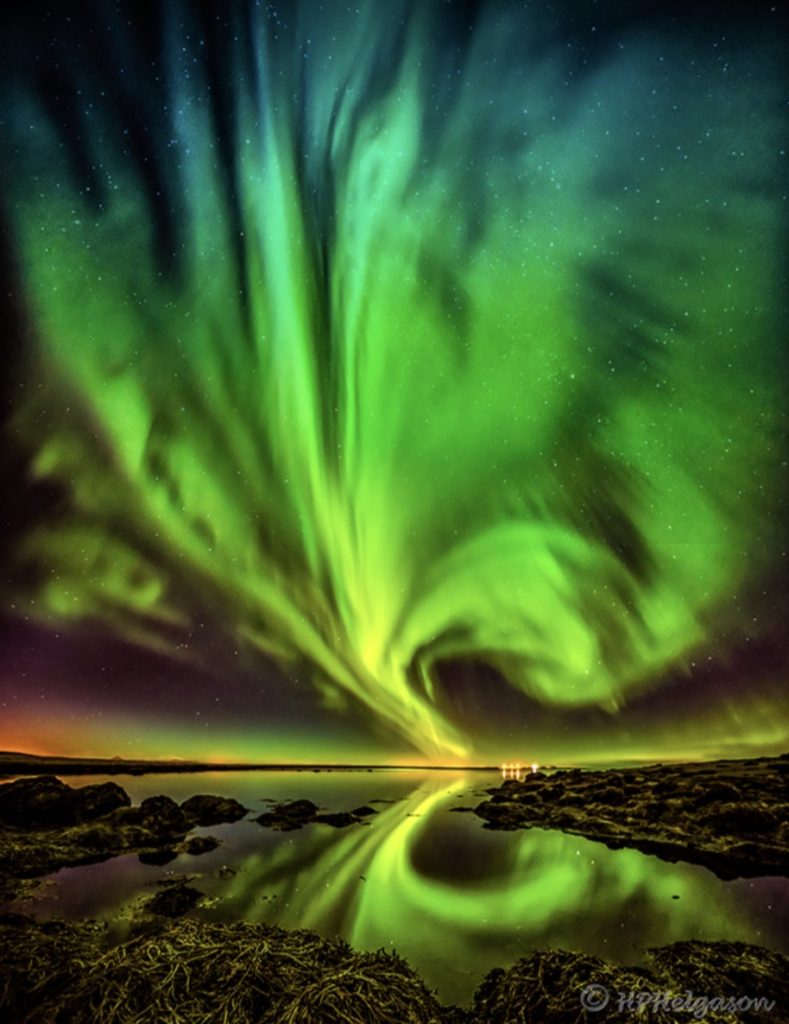
I follow his Facebook page and his input into the huge Iceland-focused Facebook group, Iceland – Fire and Ice. Hallgrímur manages this group with another friend of Stuck in Iceland Travel Magazine, the honorary Icelander Heather Linnett.
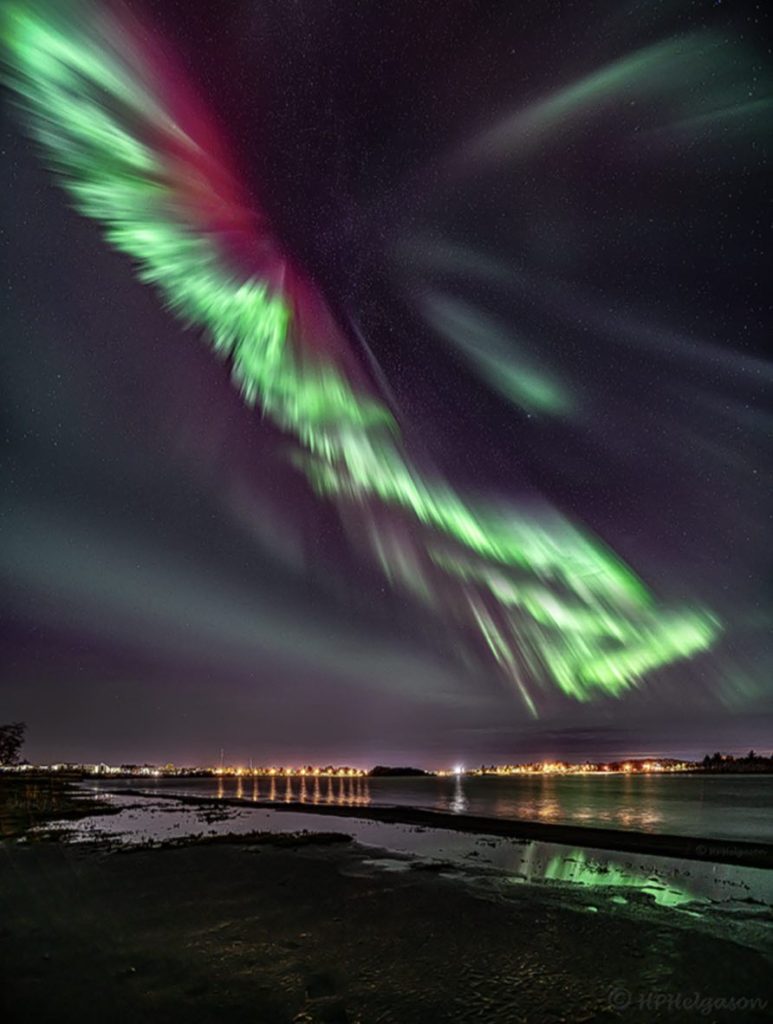
Hallgrímur does not limit himself to photographs of the aurora. His images of ice caves, flowers, mountains, rainbows, and so on are stunning. He resides in the southern town of Selfoss, and many of his photos come from around that town. I have admired his work from afar for quite a while, but now it is time to introduce Hallgrímur to my readers.
Hey Hallgrímur, thank you so much for taking the time for this interview. Can you please give my readers a little background information about yourself?
I have always liked the outdoor activity and camping. So much so that I’ve spent more than 500 nights in a tent. My earliest memories are of camping trips in Iceland with my parents. I have traveled to Europe and North America. But I have decided to finish exploring Iceland before going any further. That will last me my lifetime.
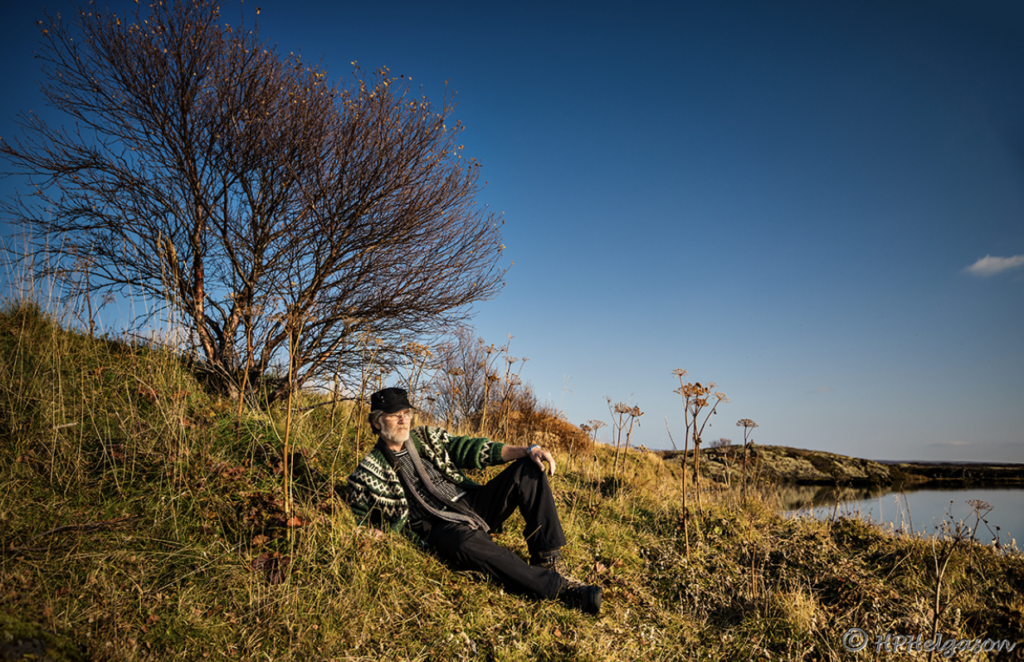
Your passion and skill for photography are apparent. When did you start taking pictures, and what are your favorite subjects?
Photography has been my lifetime hobby, and I started taking photos as young as eight years old in 1960. My father gave me an Argoflex box camera. It was very primitive, and the film only had six photos, If I remember correctly. So any clicks were very calculated.
When confirmed, I got a Voigtländer 35mm camera, which started me off in photography. As these cameras were all manual, I had to learn how the fundamentals worked: Focus, aperture, speed, and DIN (ISO) today). My father was my great mentor in photography, and I learned so much from him. I still use my camera mostly in manual mode (M), as the built-in Auto guessing is often entirely wrong. Around 1982 I got a Minolta XGM SLR with a 35-70 lens. Wow, what innovative gear that was.
I’m mainly using Sony ILCA-99M2, a 42 mil pix full-frame camera. My favorite is Icelandic nature in any form, and I love the colors of the sunsets/sunrises and twilight. I also love night photography; capturing the elusive Aurora is a worthy challenge.
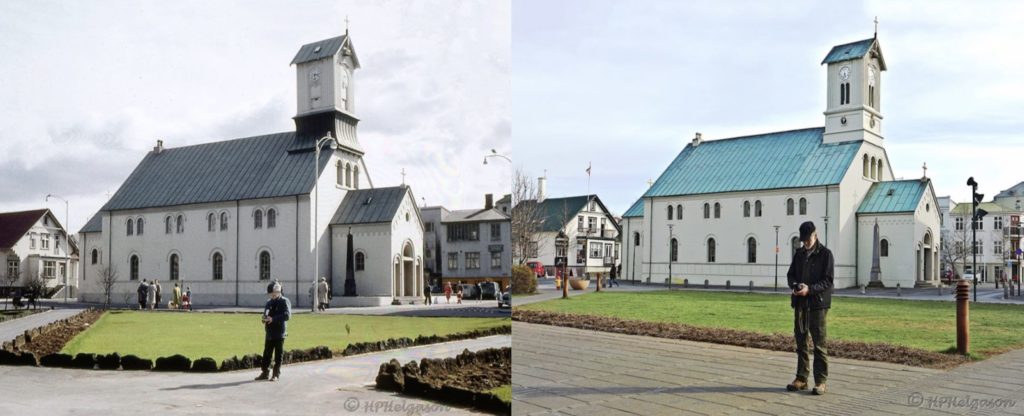
Do you have a favorite picture you have taken in Iceland, and if so, what makes it unique in your mind?
This one is rated high as a favorite. I call it “Phoenix Rising.” Well, at least it’s my most famous one.
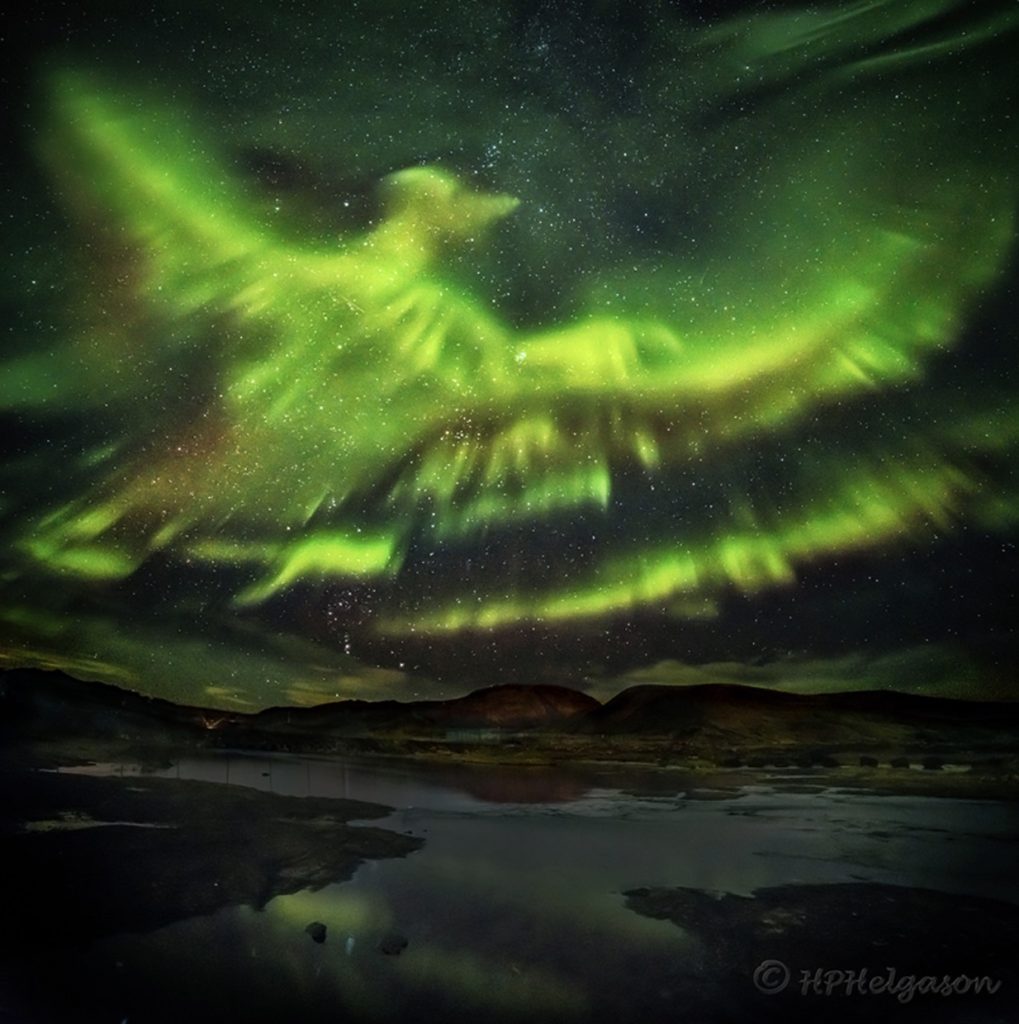
Many of readers want to photograph the northern lights in Iceland. What are your tips?
Here are 13 tips on how to get the perfect photograph of the northern lights
- The Aurora season starts in late August and lasts until late April.
- Phone cameras could be better though they are gradually improving. Most newer cameras that can handle high ISO are recommended.
- I shoot northern lights photos in the RAW format, but that requires some processing knowledge.
- You’ll need a tripod as the exp. Time can vary from 5-15 sec, depending on how bright the Lights are. 1600 ISO is usually good, but you might go lower or higher (up to 3200). And the aperture is a low number as your lens provides. Never use flash.
- Go out into the dark, away from city light pollution.
- Search for a cloud-free area.
- To control these settings on your camera, you must set it on manual mode (M). And you must lock the focus on infinity (I recommend you Google it if you need to learn how).
- Remote control is good, but I often use 2-second self-take to avoid any shake.
- I recommend a wide lens, preferably with f/2.8 or a larger aperture. The Samyang 14mm lens is very good and affordable. And it’s pin-sharp on f/2.8 (not all lenses are). Another plus is that it’s a manual lens. The aperture and focus are set on the lens.
- Also, I often use my Carl Zeiss Vario-Sonnar 2.8/16-35 ZA /, especially if want less lens distortion for stitching panorama or vertorama.
- A headlamp can be useful for finding your way and controlling your gear.
- Dress warm and remember to use gloves, preferably some you can use on the camera without taking them off.
- Bring some extra batteries (fully charged) and keep in your innerpocket for warmth as they discharge more quickly in the cold.
So good luck, Aurora hunting!
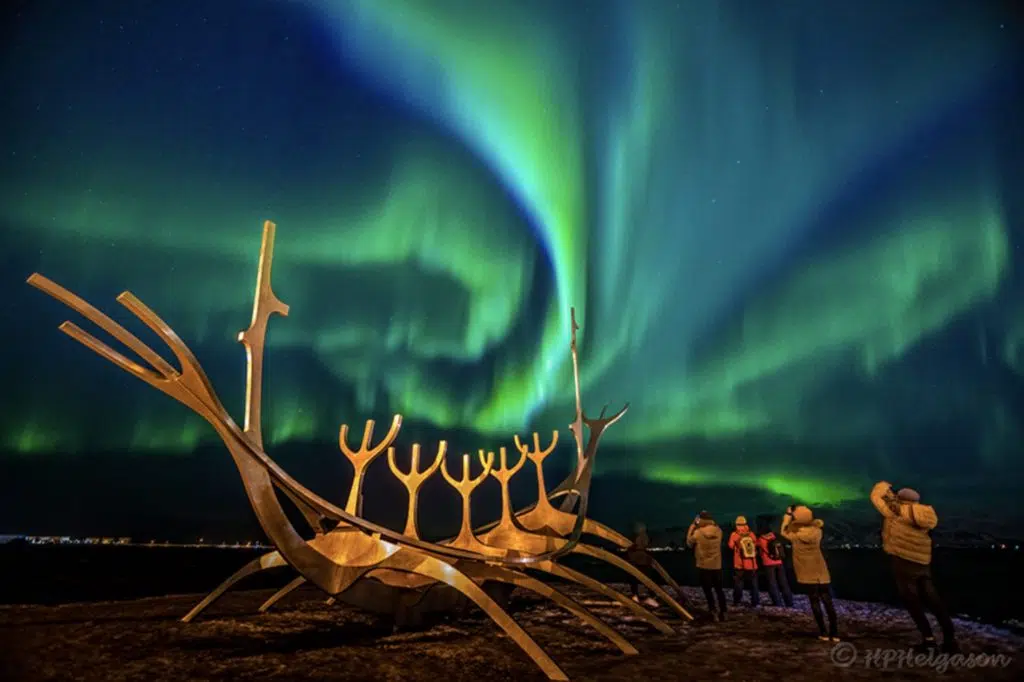
You are one of the admins of the hugely successful and fun Facebook page Iceland – “Fire and Ice.” How did you get involved with that group and what is the secret of its success?
I joined the group on day one when the founder, Heather Linnet, invited me to administer the group with her. She had seen my photos around and wanted my help building it up. I think it’s success and popularity are based on some of the group rules, as single photos only and the main focus set on photography. And, of course, 24/7 administration.
What are your favorite places and activities in Iceland?
My favorite place is just where I live. I moved from Kópavogur to Selfoss town a few years ago, and my house is just at the river bank of Ölfusá river. I have a 270° free view from my house across the river toward Mt. Ingólfsfjall. My backyard provides an endless source of motives.
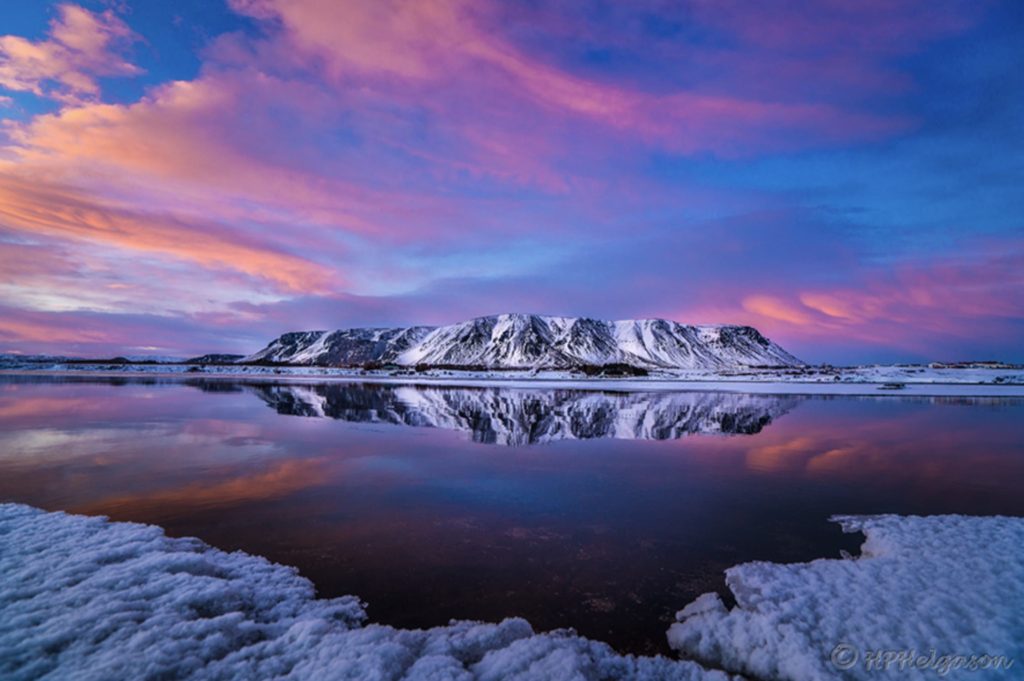
What advice do you have for those visiting Iceland for the first time?
- The weather plays a significant factor in all outdoor activity in Iceland It can be very changeable so be prepared for anything, especially in the winter.
- Don’t make stiff plans on traveling as wind and snow may get roads closed.
Always have a plan B or even C. - The Safe Travel website and the website of the Icelandic meteorological website are good travel buddies.
Warm and windproof clothing of course, is essential when traveling.
